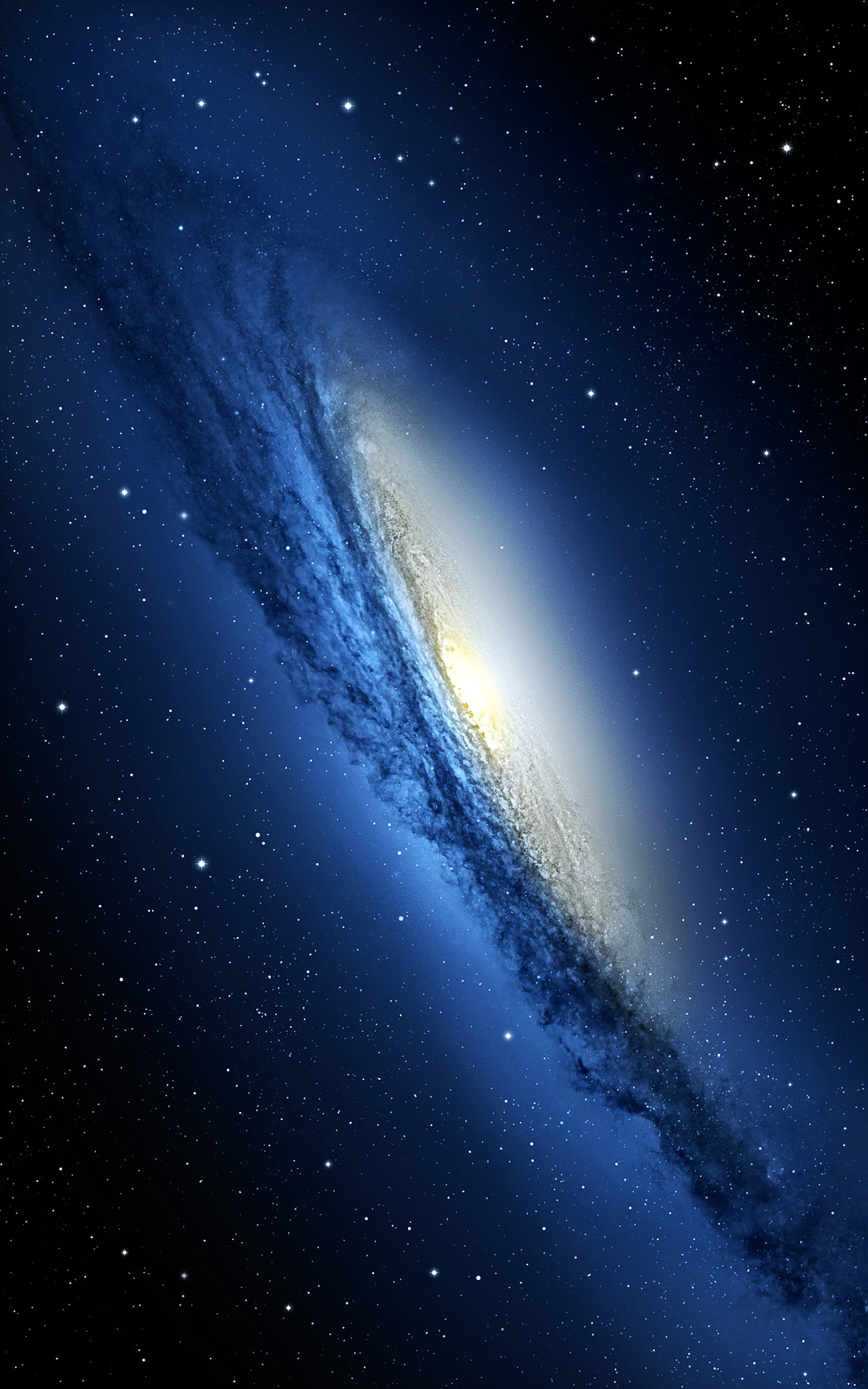Macro-Cosmos, Journey Into The Galaxies
/Macro-Cosmos – Heading Out Into The Universe
Out, out we fly... we're heading into space to explore the macro-cosmos of our galaxies.
With a big hat-tip to the traveling Hubble Space Telescope and the generosity of NASA for sharing its photos, we zoom into space.
This galaxy near the Constellation of Leo reminds us we are in the astrological sign of Leo (23 July to 22 August).
NGC 3190 – A Spiral Galaxy
NGC 3190 is a spiral galaxy with tightly wound arms and it spans about 75,000 light years across. Finely textured dust lanes surround the brightly glowing center of this picturesque spiral. It is visible with a small telescope pointed toward the Constellation of Leo.
NGC 3190 was discovered by William Herschel in 1784. Located 80 million light years away, it is a part of the Hickson 44 galaxy group (in case you need directions on how to get there).
The upper photo of NGC 3190 has a universal shade of blue added to it and it has been turned on its side from the photo below that NASA shared in 2010.
How would we designate up or down or sideways in the universe. Would that exist in deep space?
How Do We See Our Cosmos?
Our concept of colors in the universe is also based on our oh-so-human eyes. A friend pointed this out to me years ago. If you lived near the bright-light center of a spiral galaxy, you could not have these human eyes. Not only these eyes, but also this skin. You'd never survive such a bright, burning light.
How would we appear if we lived closer towards the center of a galaxy?
What kind of physical form would we have? Would it even be a physical form?
Our minds and imagination stretch beyond the edge of the known world.
Messier 96 - NGC 3368, a spiral galaxy in the constellation of Leo.
Bring The Macro-Cosmos To Your Meditations
Students of The Radiance Technique® can use an image of a galaxy or particular stars in their meditations with their TRT® hands-on.
Constellation Of Leo
The constellation of "Leo the Lion" is mapped out in the stars. The stars are numbered below with a description:
“You can use the Sickle of Leo the Lion to gauge your sky.
Starting with 1st magnitude Regulus we skip a star and come to 2nd magnitude (gamma) Leonis, then as we go up, the back of Leo’s head and his nose are both 3rd magnitude stars, and his topknot is 4th magnitude.
His eye, half-way between the nose and topknot, is 5th magnitude and if you can see it, indicates you have an excellent sky.
His ear is an itty-bitty 6th magnitude star which, if you can see it, tells you that your sky is the best you’re going to get.”
Leo The Lion
Circling back to Planet Earth, we embrace our own Leo, the majestic lion of Africa.
In ancient Egypt:
“The lion represented the ferocious heat of the sun and was seen in the likeness of Sekhmet who is the Egyptian goddess known as the Eye of Ra. She is the power that protects the good and annihilates the wicked.”
Now that we've traveled out to the Constellation of Leo and visited our earthly lion, you may be wishing that you were born under the sign of Leo.
Not to worry, there's a little bit of Leo the Lion in all of us.
Magic Magnifying Glass Pics








